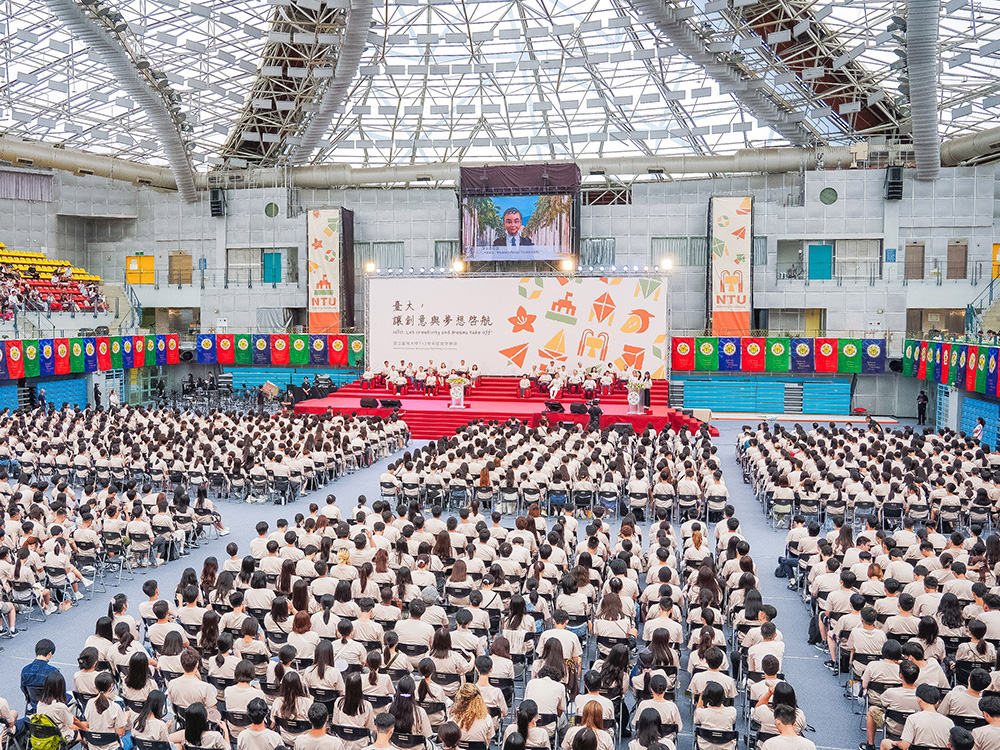
NTU Opening Ceremony: “Where Creativity and Dreams Take Flight”
瀏覽器版本過舊,或未開啟 javascript
請更新瀏覽器或啟用 javascript
Spotlights
Physical deformation of SRO under visible-light illumination, where the material experiences lattice strain variations through energy conversion.
Figure (a) shows the light-induced photostriction of SRO and how the crystalline lattice changes with excitation intensity. Figure (b) indicates that photoresistance varies when SRO is induced by light with different wavelengths.
SRO is deposited using PLD on strontium titanate (Figure a) and dysprosium scandium (Figure b) substrates.
From left are Prof. Gong-Ru Lin of the NTU Graduate Institute of Photonics and Optoelectronics, Prof. Chennupati Jagadish AC of the Australian National University (who was Tzu-Chiao Wei’s advisor while Wei studied at the university), and Associate Prof. Jr-Hau He of the King Abdullah University of Science and Technology.
Dr. Tzu-Chiao Wei, author of the paper.
In recent years, efficient energy usage in our living environment has become a challenge worldwide. With the development of energy harvesting technology, the nanogenerator shows great potential in application to self-powered electronics, and has attracted wide attention due to its capabilities to convert mechanical energy into electrical energy. Among the various natural resources, light is our major consideration because it is easily accessible, clean, and sustainable.
NTU Prof. Gong-Ru Lin (林恭如) and Associate Prof. Jr-Hau He (何志浩), a former NTU faculty member who currently teaches at the King Abdullah University of Science and Technology, have collaborated with other colleagues in searching for the photostrictive effect in metallic perovskite materials. The photostrictive effect is a non-thermal property in which a material changes its mechanical energy when irradiated by light. In this study, the significant photostrictive effect of a metallic perovskite material called strontium ruthenate (SrRuO3 , SRO) was investigated.
The photostrictive effect of SRO was analyzed using micro-Raman spectroscopy. The high spatial and spectral resolution enabled the researchers to investigate the structural changes induced by optical excitation in the sample. At the presence of light-induced deformation in SRO thin films, the shifts of the optical phonon mode can be in situ measured by micro-Raman spectroscopy.
In addition, many studies have adopted Raman scattering measurements to analyze the strain variations in different materials. “Raman spectroscopy is a very powerful and accurate tool for the study of lattice strain, and as a result, the technique has been widely accepted in academic circles,” said Tzu-Chiao Wei (魏子喬), a team member who authored the paper.
“The underlying mechanism of the photostrictive effect in SRO thin films was attributed to a phenomenon involving a non-equilibrium of phonons as a result of the strong interaction between the material’s crystalline lattice and hot electrons excited by light. The strong coupling of the lattice degrees of freedom and electromagnetic properties of SRO leads to the large, observable physical deformation of the material in the presence of visible light,” he added.
The photostriction of SRO can be useful for future wireless light-controlled applications. “We will use this material to fabricate next-generation optoelectronic devices such as photo-actuators, photo-microsensors, and energy harvesting devices,” said Wei.
Reference
Tzu-Chiao Wei et al. Photostriction of strontium ruthenate. Nat. Commun. 8, 15018 (2017), doi: 10.1038/ncomms15108.
(Source: Dr. Tzu-Chiao Wei, Graduate Institute of Photonics and Optoelectronics, NTU)

NTU Opening Ceremony: “Where Creativity and Dreams Take Flight”
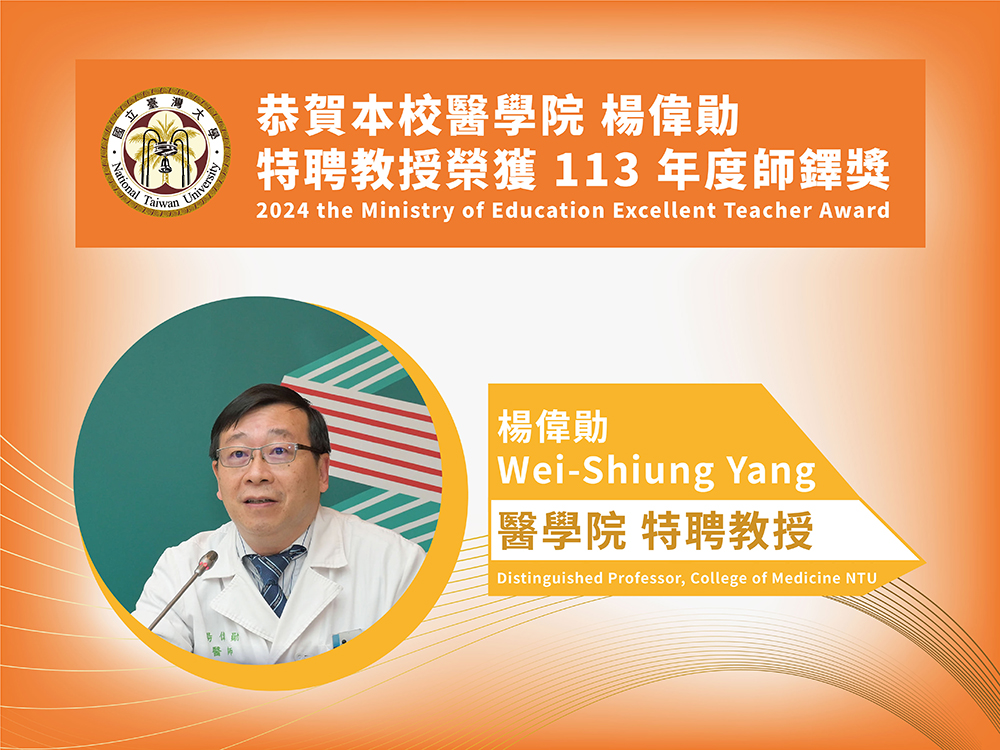
Prof. Wei-Shiung Yang wins MOE National Excellent Teacher Award
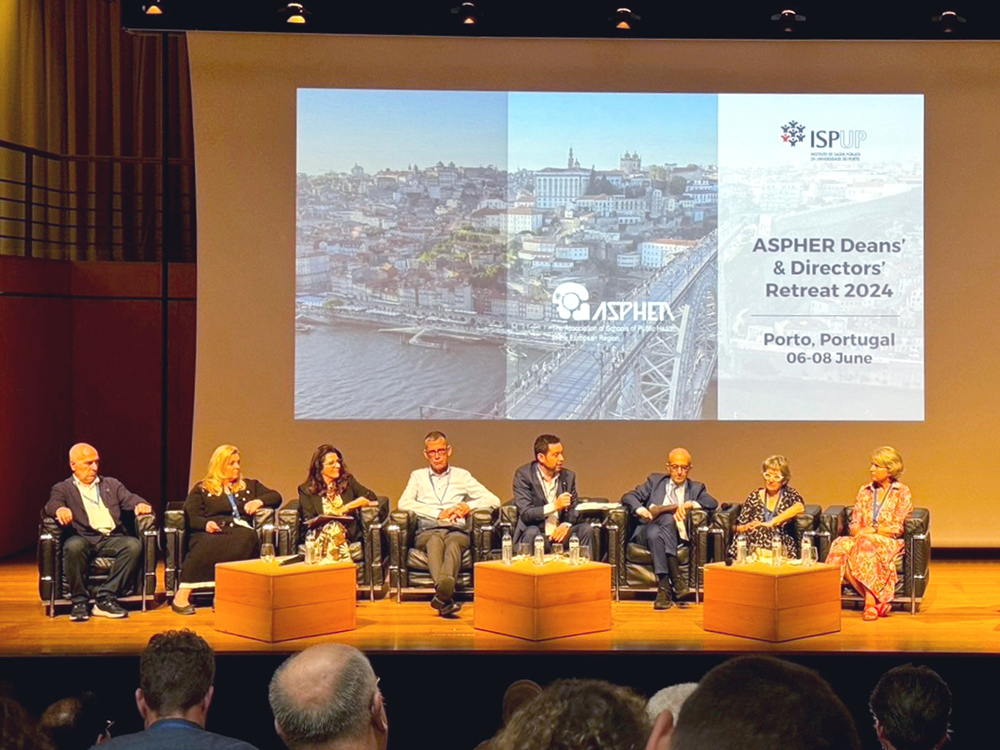
NTU College of Public Health's Global Health Program Joins the Association of Schools of Public Health in the European Region
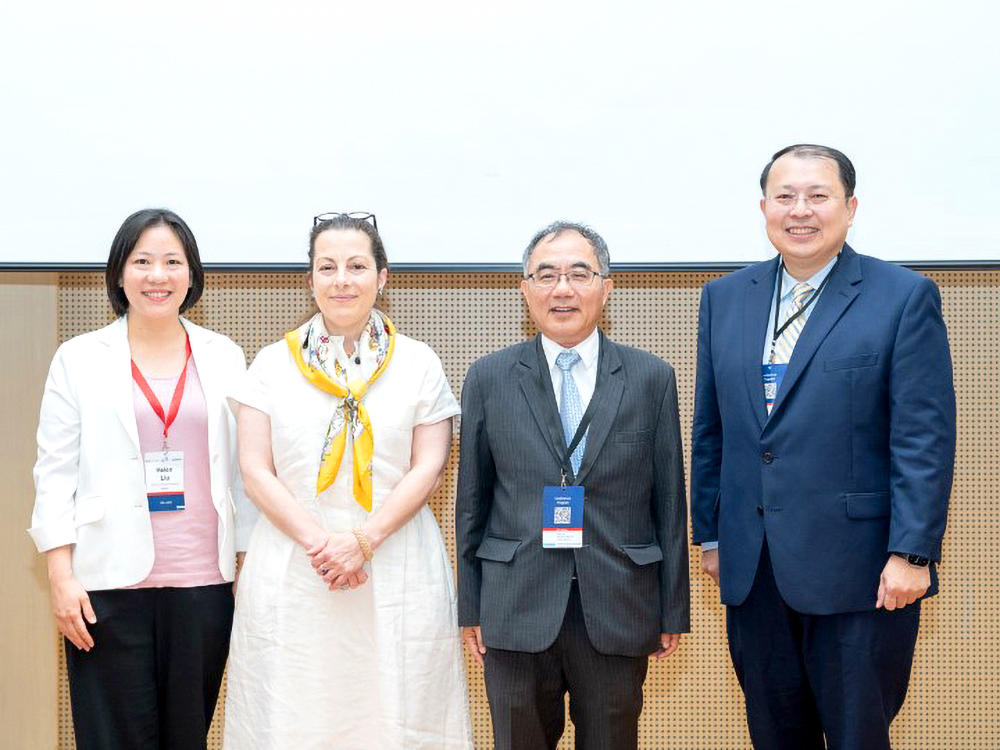
NTU hosts a successful dg.o 2024
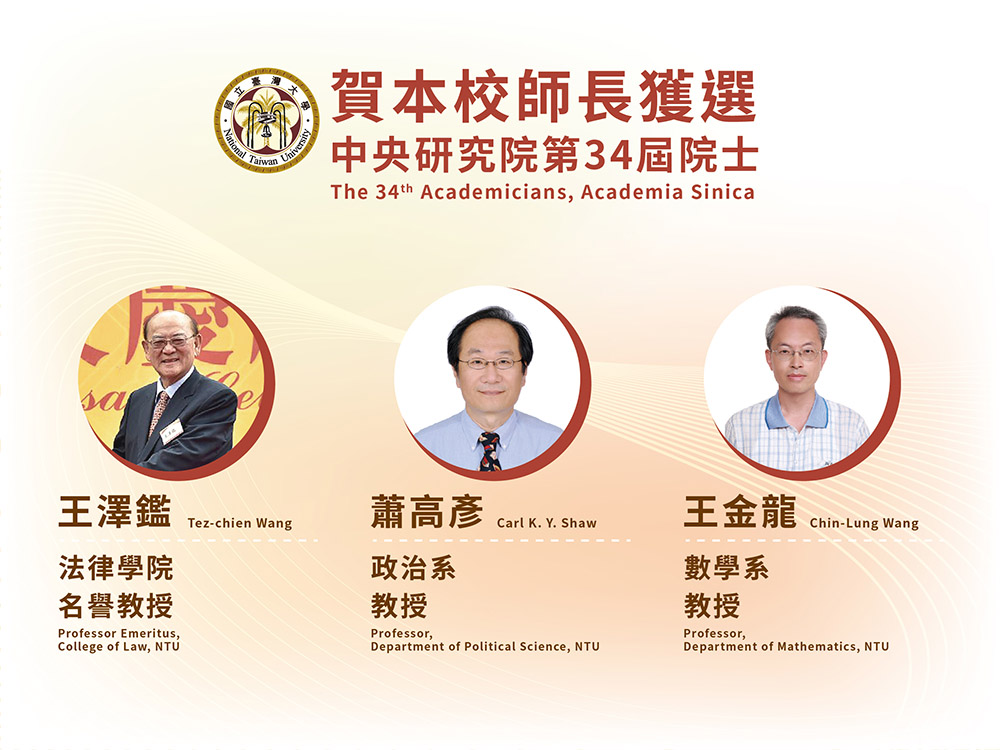
Congratulations to NTU faculty members elected as 34th AS academicians
Current Spotlights